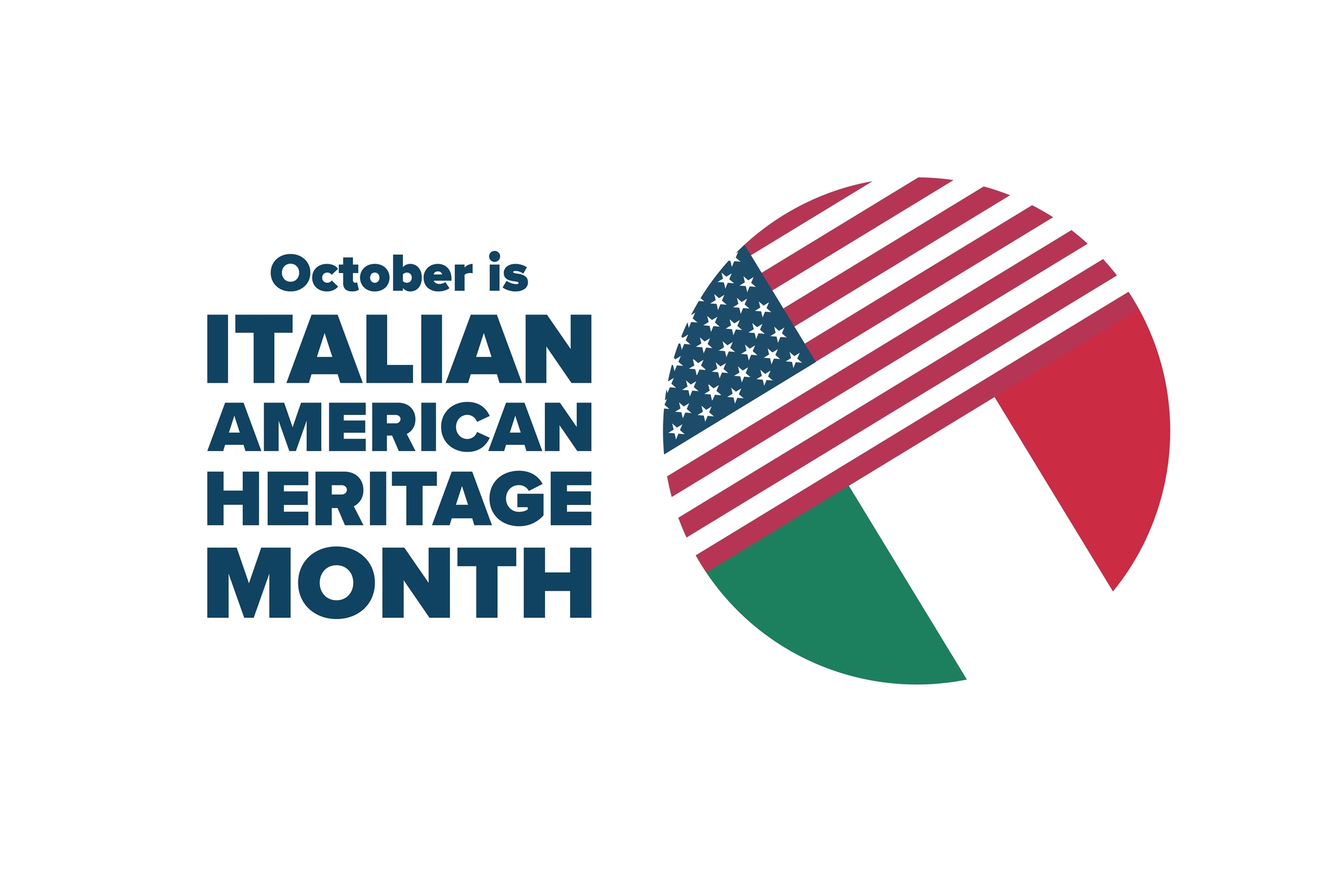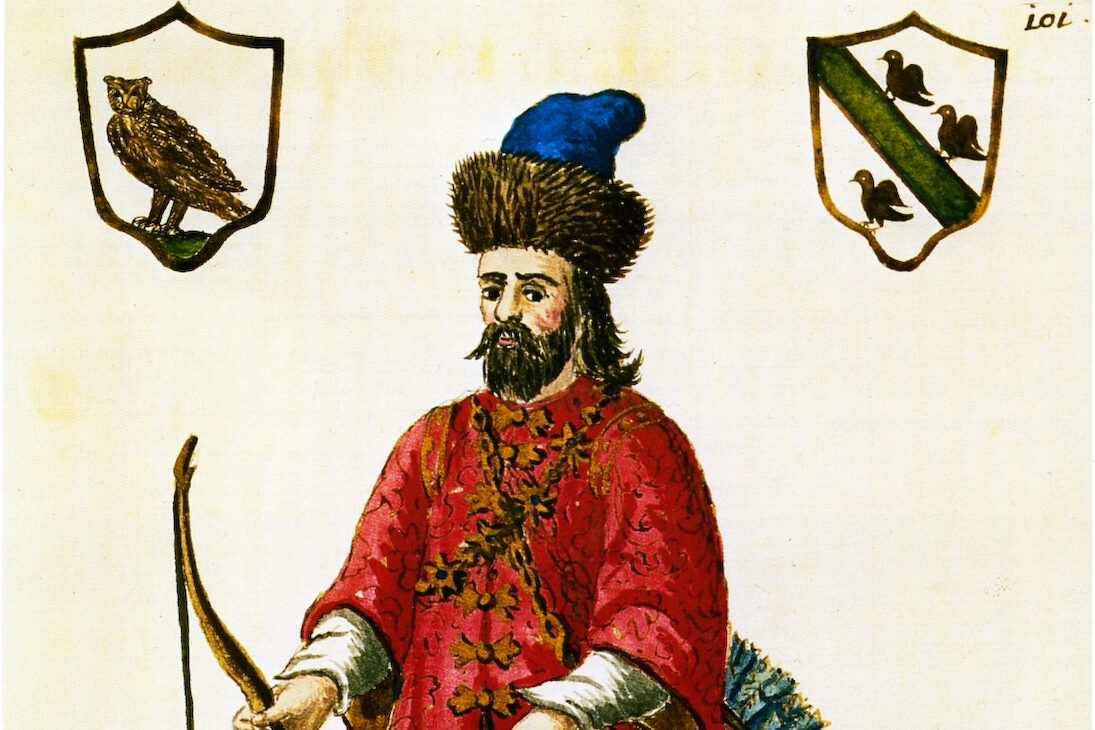This past 4th of July, the US Embassy in Rome celebrated the 244th Independence Day anniversary unusually. It didn’t only move all celebrations online — because of the pandemic and the consequent ban on gatherings — but it also decided to share them.
In a short video, Robert De Niro changed perspective and looked towards Italy, greeting his “dear Italian friends” and explaining that, without Italy, his career wouldn’t have been the same. For this reason, he said “Grazie, Italia.”
His Italian Connection — as the title of a historic and beloved column of our paper recites — are his great grandparents Giovanni De Niro and Angelina Mercurio, migrants from Ferrazzano, a small village in the Campobasso province of Molise, who had left Italy in 1890. Or that was, at least, his starting point. His roots. Because the man who, with his 2 Oscars, 8 nominations and a plethora of other awards, was to become one of Hollywood’s greatest icons, never strayed from his Italian heritage. On the contrary, he fed on those roots, sprouting and blooming thanks to them. He never severed those ties, even if he was born and bred in the US and always lived fully as an American; rather, he nurtured them in time, even professionally: “My career wouldn’t have been the same — he declared in the short video where he speaks only in Italian — if I didn’t work with great Italians and Italian-American directors, such a s Scorsese, Coppola, Bertolucci, De Palma, Leone.”
His Oscars, too, are about Italy and Italian-Americans: the first, for best supporting actor, came in 1975 thanks to his portrayal of Italian(Sicilian)-American Vito Corleone in Coppola’s The Godfather II. The second, won 6 years later for best actor, was for his interpretation of Jack La Motta in the timeless classic Raging Bull.
We’re in October, the Italian Heritage Month. It’s an important month to speak about us. Here, we used De Niro to speak about Italy, italianità, italo-americanità. In our cover story, we focused on Alberto Sordi because we wanted to honor not only a great Italian actor, but also reflect with you all on an artist who, through a career that lasted more than half a century and a long series of movies, became a national folk symbol, the embodiment of the average Italian. His Italians are magnetic, seductive, charming and not because of their looks or friendliness (often they’ve got the exact opposite characteristics), but because of their extraordinary power of attraction. They work as a magnet, they stimulate our thinking.
Cinema, as shown also by De Niro’s own iconic characters, helps because its language communicates more than a picture: it has psychological, folkloristic and social values able to deliver sub-meanings that transcend sheer appearance. It’s able to show and pass on bits of culture. It materializes every day characters, who are the embodiment of common attitudes, habits and behaviors.
This is why, to start our reflection on how we conceive and view Italians, we chose an actor as immense as Alberto Sordi: to understand how we imagine them, but, above all, to bring our the “Italian” within us through a high level term of comparison: his movies. In other words, we want these archetypal characters and their stories — essence of the popular soul of Italian cinema — to help us discover what our italianità really is.
Of course, there aren’t answers inherently right or wrong, partial or complete. There are “our” free interpretations.
October is a month when, among thousands of things to do, we should think a tad about us, about how we feel and how we see Italy. It’s a month when, perhaps, we should make that phone call “back home” we continuously postpone, or trace back, out of curiosity, our family tree and look up on a map the village our ancestors came from.
L’Italo-Americano, of course, celebrates Italian Heritage Month, but we don’t want to treat is as a recurrence. It isn’t some sort of lengthy birthday, but an adventurous discovery that happens within ourselves, day after day. Since 1908, we promote our language and culture. We are voice of and an extended hand towards the Italian-American community. And just like Italians and Italian-Americans left their Little Italys, so is our newspaper open to the wider American community: we are a piece of American culture. A layer, a contribution, a townhouse, an accent when one talks. This is the strenuous work that, for the past 112 years, L’Italo-Americano has been doing: it preserves and valorizes the Italian-American “resource.”
May this be a month of enthusiastic rediscovery of your being an extraordinary resource for the whole community!
Lo scorso 4 luglio l’Ambasciata degli Stati Uniti a Roma ha celebrato il 244° anniversario dell’Indipendence Day in maniera inusuale. Oltre a spostare la celebrazione sul web, vista la pandemia e i divieti di assembramento, ha voluto “condividere” la ricorrenza.
In un breve video Robert De Niro ha ribaltato la prospettiva, guardando verso l’Italia, salutando i “cari amici italiani” e spiegando che senza il Belpaese, la sua carriera non sarebbe stata la stessa. E per questo ha detto “Grazie Italia”.
La sua Italian Connection, per usare una storica e amata rubrica di questo giornale, sono i bisnonni Giovanni De Niro e Angelina Mercurio emigrati da Ferrazzano, piccolo comune molisano in provincia di Campobasso da cui emigrarono nel 1890. O almeno quello è stato il suo punto di partenza. Le radici. Perché colui che sarebbe poi diventato uno dei mostri sacri di Hollywood, 2 Oscar e 8 candidature e un’altra miriade di riconoscimenti, da quella pianta italiana non si è allontanato. Al contrario si è nutrito anche con quelle radici, è germogliato ed è sbocciato. Non ha reciso i legami pur essendo nato e cresciuto negli Usa e pur vivendo pienamente americano ma li ha alimentati nel tempo, anche professionalmente: “La mia carriera non sarebbe stata la stessa – ha detto nel breve video dove usa parole italiane – se non avessi lavorato con grandi registi italiani e italoamericani come Scorsese, Coppola, Bertolucci, De Palma, Leone”.
E anche i suoi Oscar parlano dell’Italia e degli italoamericani: il primo è arrivato come miglior attore non protagonista nel 1975 grazie all’interpretazione dell’italo(siciliano)-americano Vito Corleone ne “Il Padrino – Parte II” di Francis Ford Coppola. Nel secondo, ricevuto come miglior attore protagonista sei anni più tardi, ha vestito i panni del pugile di origini italiane Jake La Motta nell’intramontabile “Toro Scatenato”. Nel 2006 ha anche ricevuto ufficialmente la cittadinanza italiana.
Siamo a Ottobre, mese dell’Italian Heritage Month. Un mese importante per parlare di noi.
Qui abbiamo introdotto De Niro per parlare di Italia, italianità, italo-americanità. Così come nella storia di copertina ci siamo concentrati su Alberto Sordi per parlare non semplicemente di un grande attore italiano ma per riflettere insieme a voi su chi, in oltre mezzo secolo di carriera, è diventato un simbolo nazionalpopolare, l’incarnazione dell’italiano medio grazie a una lunga serie di film. I suoi tipi italiani sono magnetici, seducenti, affascinanti non perché siano belli o simpatici (tante volte sono esattamente l’opposto) ma perché hanno uno straordinario potere attrattivo. Funzionano come una calamita e ci fanno riflettere.
Il cinema, come nel caso degli altrettanto carismatici personaggi di De Niro, ci aiuta perché il suo linguaggio immaginifico trasmette molto più di una semplice fotografia: ha un portato psicologico, folkloristico, sociale che riesce a comunicare i sottostanti substrati andando oltre l’apparenza. E’ in grado di mostrare e trasmettere pezzi di cultura. Ci materializza personaggi che esemplificano atteggiamenti diffusi, caratteristiche usuali, comportamenti comuni.
E’ per questo che abbiamo scelto un attore italiano grande quanto Sordi per avviare una riflessione sul nostro modo di vedere gli italiani, per capire come ce li immaginiamo, ma soprattutto per cercare di tirare fuori l’italiano che è in noi attraverso un termine di paragone di alto livello, qualsiasi film peschiamo nella lunga carrellata delle sue interpretazioni. Vogliamo cioè farci aiutare dai personaggi più archetipici e dalle storie più autenticamente capaci di trasmettere l’anima popolare che ci ha mostrato il cinema italiano, per riscoprire cos’è la nostra italianità.
Ovviamente non ci sono risposte giuste o sbagliate, complete o parziali. Ci sono le “nostre” liberissime interpretazioni.
Ottobre è un mese in cui, tra le mille cose da fare, siamo invitati a pensare un po’ a noi, a come ci sentiamo, a come vediamo l’Italia e magari a fare quella telefonata a “casa” che rimandiamo sempre, a riscostruire l’albero genealogico per pura curiosità, a cercare sulla cartina geografica dove si trova il paese da cui emigrarono i nostri avi.
L’Italo-Americano non può che celebrare l’Italian Heritage Month ma non lo facciamo come se si trattasse di una ricorrenza. Non è una specie di lungo compleanno ma è una scoperta avventurosa da fare dentro di noi giorno per giorno. Dal 1908 promuoviamo la nostra lingua e cultura. Siamo voce e mano tesa verso la comunità italoamericana. E come gli italiani e gli italoamericani sono usciti dalle Little Italy così il nostro giornale è aperto alla più ampia comunità americana: siamo un pezzo della cultura americana. Uno strato, un contributo, un condominio, un accento nella lingua. Questo è il lavoro che strenuamente, da 112 anni, L’Italo-Americano fa: preserva e valorizza la risorsa italoamericana.
Sia un mese di entusiasmante riscoperta delle proprie straordinarie risorse per tutta la comunità!






























